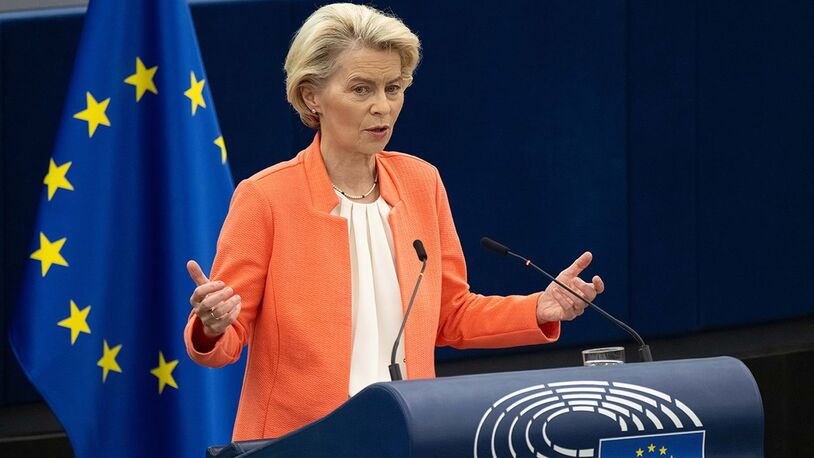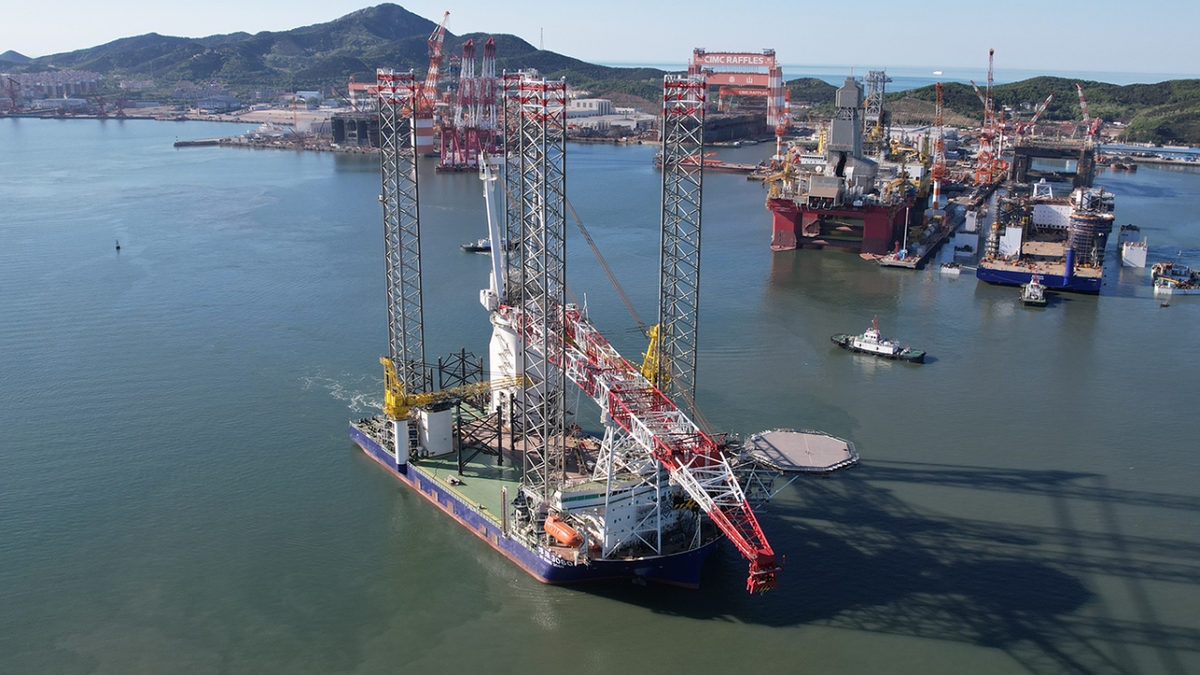Business Sectors
Contents
CCC suggests increasing UK offshore wind capacity to 75 GW to reach net zero emissions
A report by the Committee on Climate Change on cutting greenhouse gas emissions to net zero by 2050 highlights the key role of wind energy and suggests hugely increasing UK offshore wind capacity.
The CCC report sets out that “renewable power such as wind is now as cheap as or cheaper than fossil fuels” and notes that policy “is therefore increasingly to enable low-carbon energy paths rather than to subsidise them.”
The report envisages a doubling of electricity demand, all met by low-carbon power sources compared to 50% today. Under the scenarios in the CCC report, annual investment in the power sector will need to double to £20Bn (US$26Bn).
The report notes that public support for action against climate change is growing, and that the government’s own opinion polls show that the popularity of onshore wind has grown to an all-time high of 76%.
The report recommends the introduction of favourable policies for low-cost onshore wind. The CCC also suggests that a near-10-fold increase in offshore wind capacity is achievable by 2050.
RenewableUK deputy chief executive Emma Pinchbeck said, “This report could trigger a giant leap forward in UK emissions reduction – action matched to the real dangers of climate change. The advisors at the Committee on Climate Change say that a net zero economy by 2050 is possible – but only if we put a rocket under our renewables ambition.
“To achieve net zero, we have to put the pedal to the metal on our world-leading wind industry. The report suggests a 10-fold increase in offshore wind and action to reverse the decline of onshore wind. It also links the speed of renewables growth to driving other emissions reduction: making best use of electric vehicles or green homes needs more wind.
“We can’t keep playing politics if we’re going to tackle climate change. Nor can we rely on a net zero target alone. Delayed policy action over the last 20 years has already made the challenge harder and cuts to emissions steeper. Government needs to act now, and we have a world-leading renewables industry which can help them deliver.”
In proposing a 10-fold increase in UK offshore wind capacity, the CCC is suggesting a total capacity of up to 75 GW of offshore wind could be installed by 2050, up from 7.9 GW now. Were this level of offshore wind capacity – or anything like it – built out, it would create huge demand for offshore vessels and services in the coming decades.
Offshore Wind Industry Council chair and Ørsted UK country manager for Offshore, Benj Sykes, said "In any scenario, offshore wind will be the backbone of the future electricity system.
"The ground-breaking Offshore Wind Sector Deal means at least one-third of the UK’s electricity will come from offshore wind by 2030. But today’s report says that if the UK is to achieve a net zero carbon economy we can go much further.
“The CCC's recommendation is a clear signal to industry and government to aim high when it comes to our renewable energy supply. That’s good news for consumers as offshore wind is one of the lowest-cost power sources we have, and good news for jobs in the UK.
“Employment in our sector is set to more than double by 2030. Even more ambitious targets will bring more investment in communities and our supply chain across the country. The industry will work closely with government to deliver on net zero and strengthen the UK’s global lead in offshore wind.”
Related to this Story
Events
Reefer container market outlook: Trade disruption, demand shifts & the role of technology
Asia Maritime & Offshore Webinar Week 2025
Marine Lubricants Webinar Week 2025
CO2 Shipping & Terminals Conference 2025
© 2024 Riviera Maritime Media Ltd.














